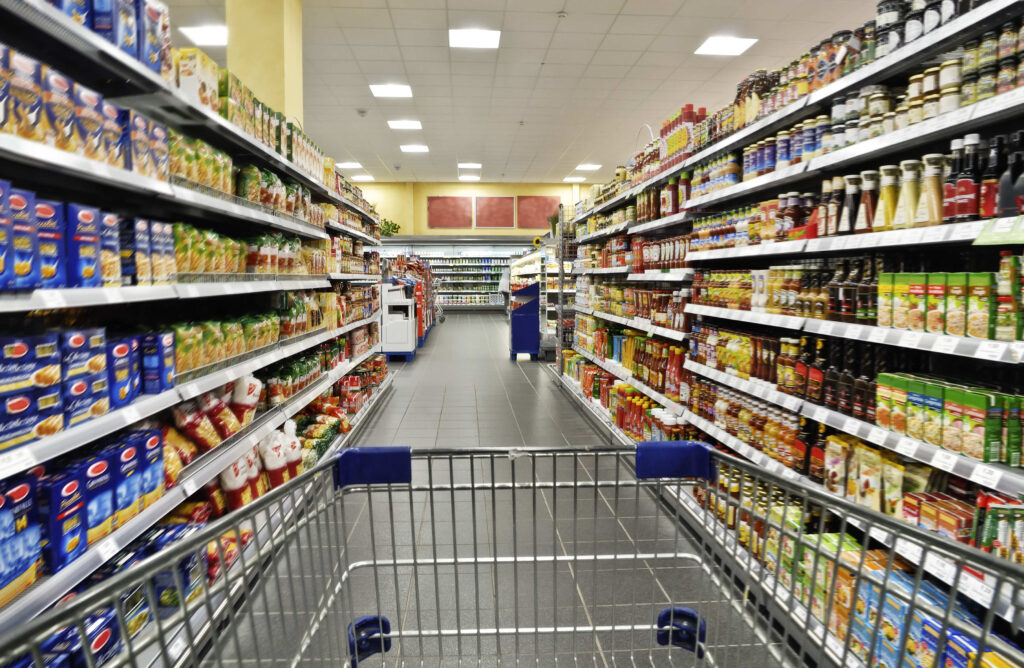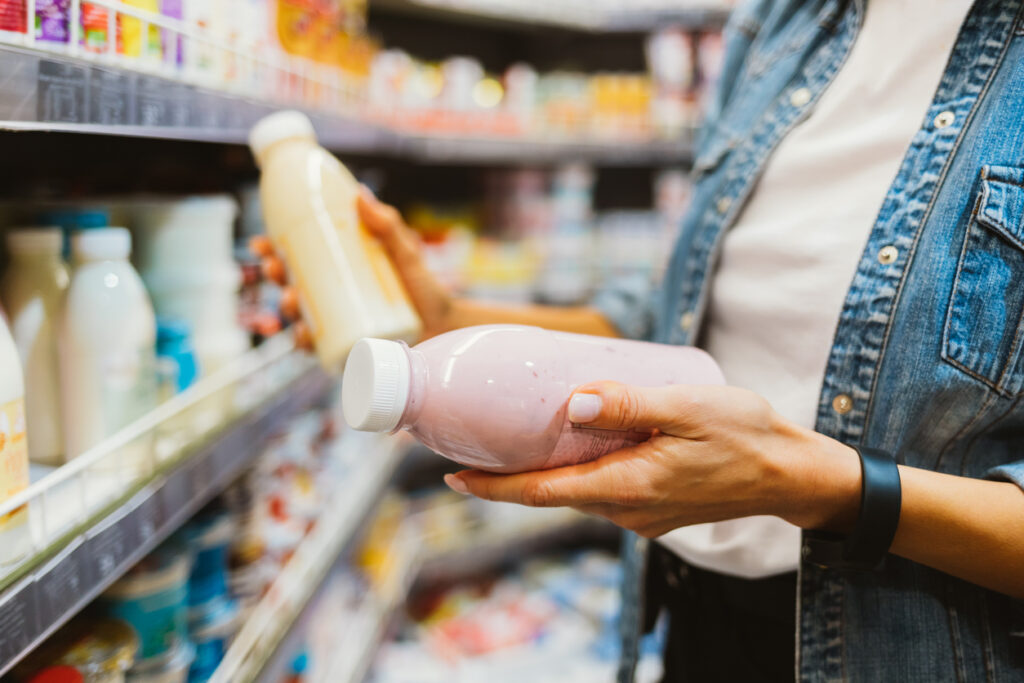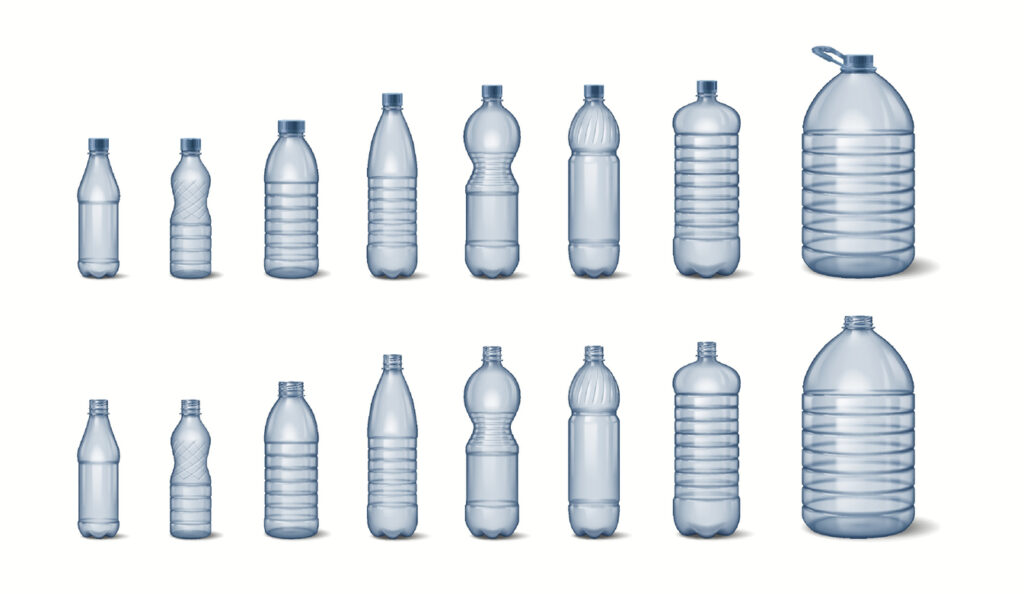How to Choose the Right Size Packaging for Your Product
For CPG and B2B companies, packaging is more than just a container; it’s a strategic business decision. The size of your packaging affects more than how your product looks on the shelf or how it’s handled in the warehouse. It impacts production costs, shipping efficiency, sustainability goals, and ultimately, how customers experience your brand.

Whether you are launching a new product or re-evaluating your current packaging strategy, choosing the right packaging size is critical for balancing performance, compliance, and customer expectations.
In this guide, we’ll break down the factors you need to consider, from product protection and regulatory requirements to branding and logistics, so you can make an informed decision that supports your business goals and bottom line.
Why the Right Size Packaging Matters for Business Success
n a competitive marketplace, right-sized packaging is a key driver of efficiency, cost, and customer satisfaction. The size of your packaging can influence every part of your supply chain, including manufacturing, storage, shipping, and shelf appeal.
Cost Efficiency
Right-sizing your packaging minimizes excess materials and reduces shipping costs. A well-fitting package lowers dimensional weight charges, prevents damage during transit, and avoids wasteful over-packaging.
For companies with complex needs, such as shipping hazardous materials or balancing branding with budget, consulting a packaging expert can be a smart investment. They can help you find cost-saving opportunities and avoid hidden expenses tied to improper sizing or material choices.
Sustainability
Sustainability is now a business necessity. For CPG and B2B manufacturers, packaging size and material choices are closely linked to environmental compliance, operational efficiency, and brand reputation.
With the rise of Extended Producer Responsibility (EPR) laws, producers are increasingly held accountable for the lifecycle impact of their packaging. These regulations vary by region, such as California’s SB 54 Plastic Pollution Prevention and Packaging Producer Responsibility Act.
Under SB 54, producers must meet the following targets by 2032:
- 100% of single-use packaging and plastic food service ware sold in California must be recyclable or compostable
- 65% of single-use plastic packaging must be recycled
- 25% less single-use plastic packaging sold
These goals highlight the importance of choosing packaging that not only protects your product but also meets evolving environmental standards.
Consumers and business buyers are demanding more sustainable practices from the brands they support. Right-sizing your packaging helps reduce raw material use and carbon emissions, especially if you’re sourcing recycled or locally produced materials. Less material means lighter loads and a more efficient supply chain overall.
Sustainable packaging is beneficial for both the planet and business. It positions your brand as responsible, forward-thinking, and in line with the values of your customers and stakeholders.
Customer Experience

Packaging is a key part of the product experience. Incorrectly sized packaging can lead to frustration, such as a sticky squeeze bottle that overflows or a bulky box that takes up unnecessary shelf space.
Right-sized packaging improves usability and storage, showing customers that you’ve considered their needs and providing a product experience that builds trust and ensures quality.
Great packaging design goes beyond just protecting the product—it should elevate the entire brand.
How to Determine the Right Size Packaging for Your Product

Choosing the right packaging size starts with a strategic look at your business practices and processes. Whether you’re packaging food, personal care products, chemicals, or industrial goods, the right fit can enhance your packaging strategy and improve the overall customer experience.
Product Dimensions
Being precise with your product’s dimensions helps reduce packaging waste and ensures a snug, efficient fit. Size also affects how and where your product is sold. For example, a bottled water brand must ensure that its bottles are ergonomically designed for easy handling while fitting into standard retail coolers and vending machines. Beverage bottles that are too wide or tall could limit placement options and impact sales.
Protection Needs
Right-sized packaging balances product protection and minimal material use. For example, food packaging must ensure that plastic squeeze bottles or glass jars are durable enough to prevent cracking or leakage while being easy for consumers to use. Thin-walled bottles may buckle under pressure, causing spills, while oversized containers may lead to excessive headspace, increasing oxidation and reducing shelf life.
Over-packaging can drive up costs and create unnecessary bulk. Under-packaging increases the risk of damage during transport or storage. Understanding how your product behaves over time and across touchpoints is key to selecting protective packaging that doesn’t compromise efficiency or sustainability.
Compliance Standards
Packaging must meet not only general safety requirements but also industry-specific regulations. For example, pharmaceuticals often require tamper-evident or child-resistant closures, while food-grade materials must meet FDA standards.
As sustainability regulations evolve, especially in eco-conscious regions, compliance may also involve recyclability, compostability, or post-consumer recycled content. Staying ahead of changing packaging laws ensures that your product remains compliant and competitive in different markets.
Shipping Efficiency
Shipping efficiency typically focuses on reducing transportation costs and improving storage options. Today, there are numerous ways to package products to improve efficiency. Whether you use cushions to fill empty space (and help protect the product) or opt for modular containers, every choice impacts your bottom line.
For example, an industrial chemicals manufacturer must use containers like drums, barrels, and IBC totes to maximize pallet loads and reduce wasted space in shipping. Containers that are too large increase freight costs, while those that are too small require excessive secondary packaging.
No matter what you’re shipping, you need to consider how your carriers interact with packaging and what steps they take before the product reaches the end user. The more uniform your packaging sizes and materials, the less likely you are to encounter product loss or excess fees.
Material Efficiency
Choosing the right material is essential. Thinner, lighter materials may lower shipping costs, but they must still provide enough protection for your product. For example, plastic pails are stackable and cost-effective, while metal containers offer durability and recyclability. By selecting the most efficient material for your packaging size and application, you reduce excess and improve long-term performance.
For example, a paints and coatings manufacturer deciding between metal cans and plastic pails must consider material efficiency. Metal cans require thicker walls for durability, increasing weight and shipping costs. Plastic pails, being lighter and more flexible, allow for slimmer, stackable designs that reduce shipping volume and material use. Selecting the right material directly impacts the optimal packaging size, improving cost efficiency and sustainability.
Brand Experience
Packaging size plays a key role in shaping how customers perceive your product. Too much empty space or an oversized container can create distrust or disappointment. On the other hand, a perfectly proportioned package can convey value, luxury, and sustainability. Whether you’re targeting eco-conscious buyers or premium consumers, right-sized packaging supports a consistent and elevated brand experience from shelf to unboxing.
For example, a premium skincare brand must carefully size its personal care product packaging to align with brand perception and functionality. A larger jar may look luxurious but feel excessive for a small amount of product, while a too-small bottle can reduce perceived value. Right-sizing ensures a high-end aesthetic, ease of use, and a premium unboxing experience.
Custom vs. Standard Packaging Sizes: Which One Is Right for Your Product?

Choosing between standard and custom packaging is an important decision. The right choice impacts everything from cost and logistics to branding and customer experience. Below, we break down when each option is ideal so you can confidently choose the best fit for your product and customers.
When to Choose Standard Packaging
Standard packaging sizes are ideal for businesses looking for cost-effective, quick-to-market solutions. These pre-made stock options reduce lead times, simplify logistics, and are often compatible with automated production systems. They work best when your product fits existing packaging formats without compromising protection or presentation.
Standard packaging is ideal when:
- Your product fits well in existing packaging with minimal empty space
- You need a fast turnaround and can’t afford custom design lead times
- Reducing packaging costs is more important than standing out on shelves
- Standard sizes streamline logistics, storage, and inventory management
- Your operations rely on automated systems or regulatory-approved formats
When to Opt for Custom Packaging
Custom packaging gives you full control over size, shape, functionality, and branding. This is a great option for differentiation and product protection. While it typically requires a higher investment upfront, the payoff can be significant in terms of protection, experience, and brand differentiation.
Choose custom packaging when:
- Your product has a unique shape or needs enhanced protection
- Stand-out branding and shelf appeal are key to market success
- You want to reduce shipping costs or environmental impact through right-sizing
- You have premium products that require a memorable and elevated unboxing experience
Ready to learn more about our customization options? Our expert labeling and decoration and custom packaging design services can ensure that your product makes an impact!
Find the Perfect Packaging Size with Nurpet Packaging
Choosing the right packaging size is a strategic move that can boost efficiency, reduce costs, support sustainability, and elevate the customer experience. Whether you’re launching a new product or optimizing an existing line, right-sizing your packaging is a smart investment across every stage of your business.
At Nurpet, we help companies strike a balance between functionality, efficiency, and standout design. Since 1989, we’ve partnered with businesses to deliver innovative, results-driven packaging solutions tailored to their unique needs. From standard stock items to fully custom designs, our team is here to guide you every step of the way.
Contact us today or explore our solutions to get started!